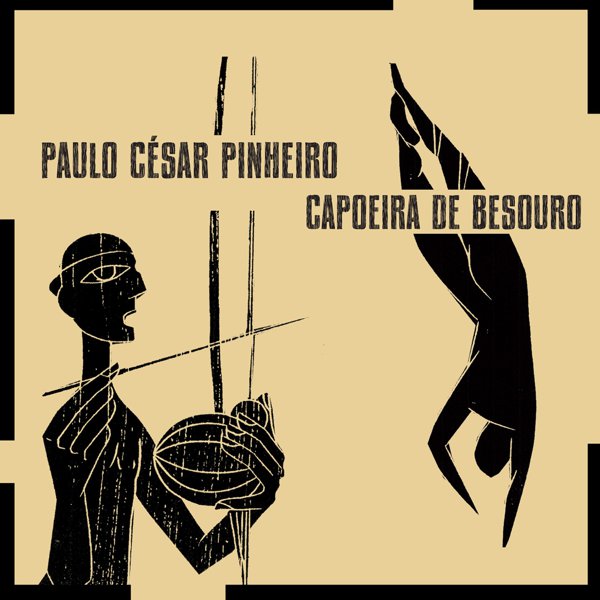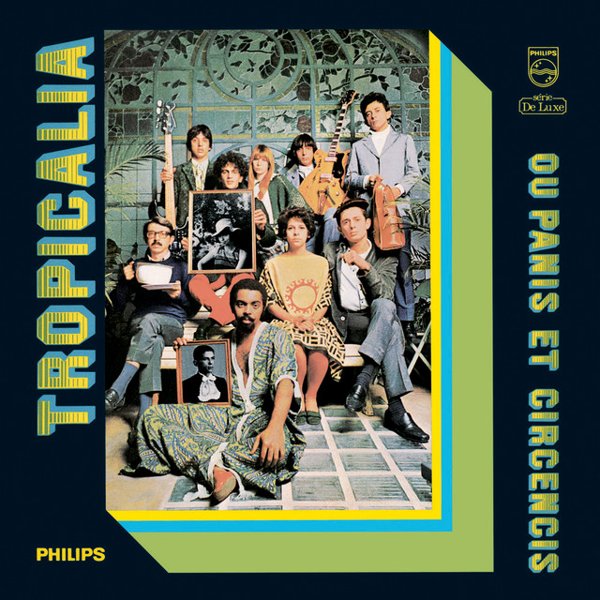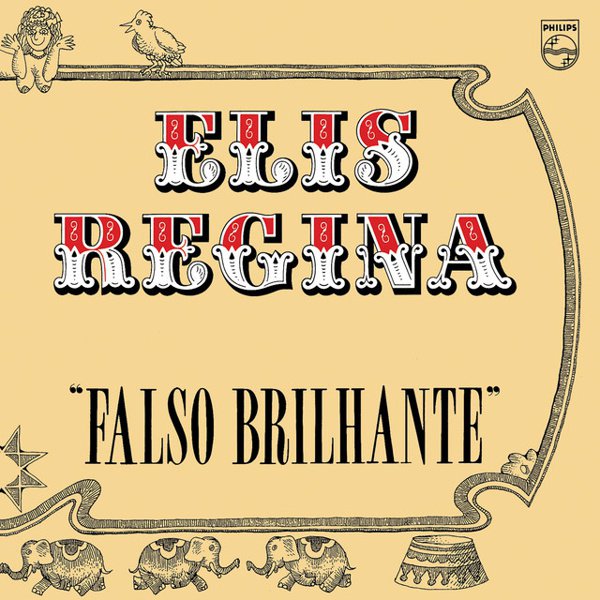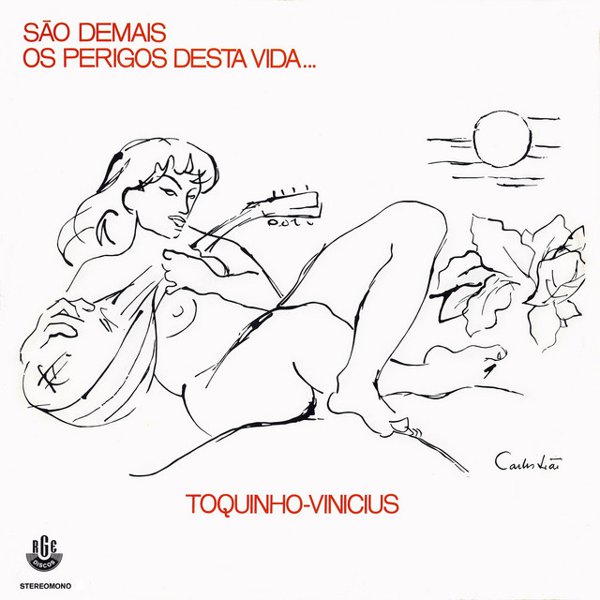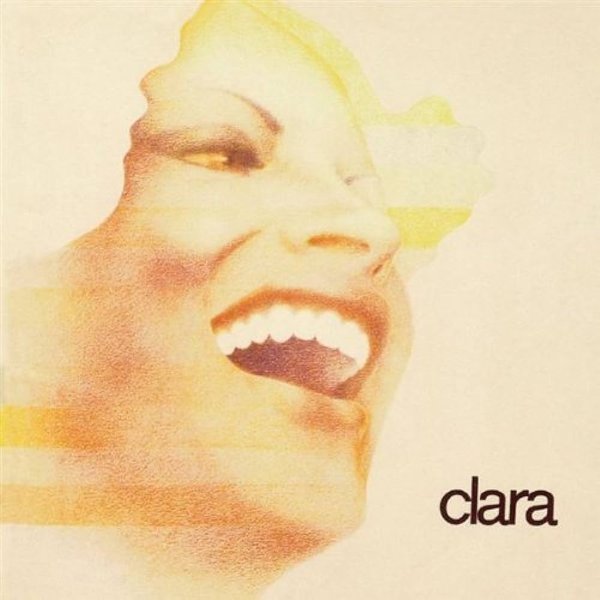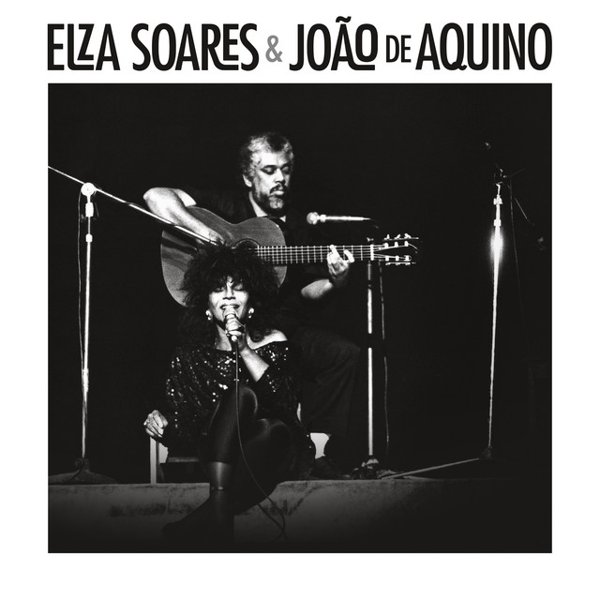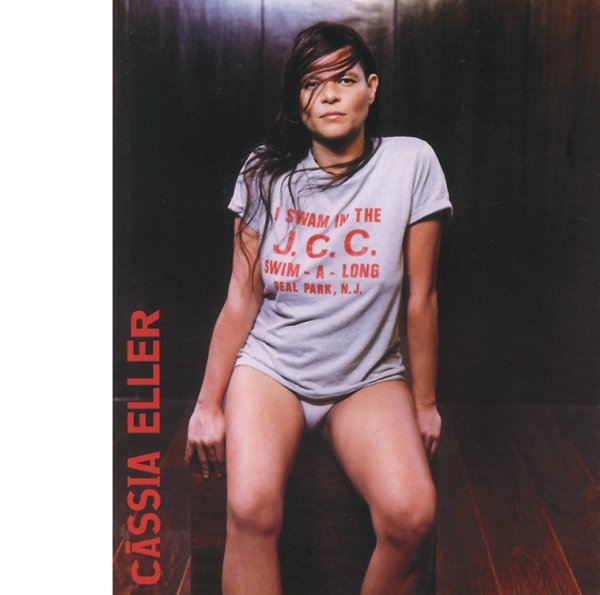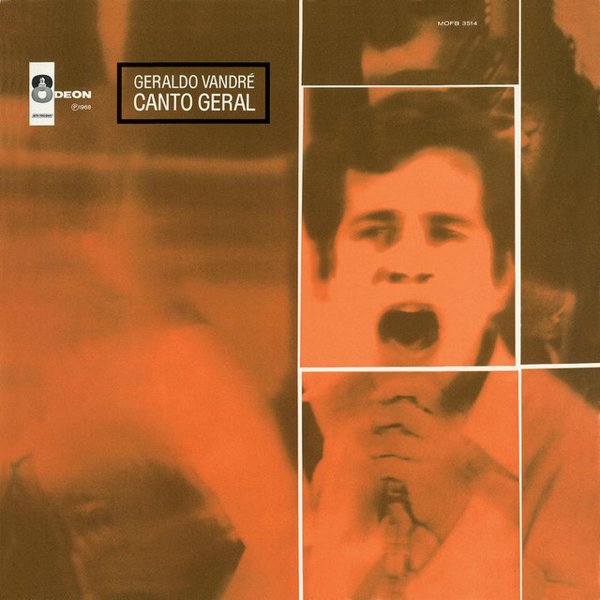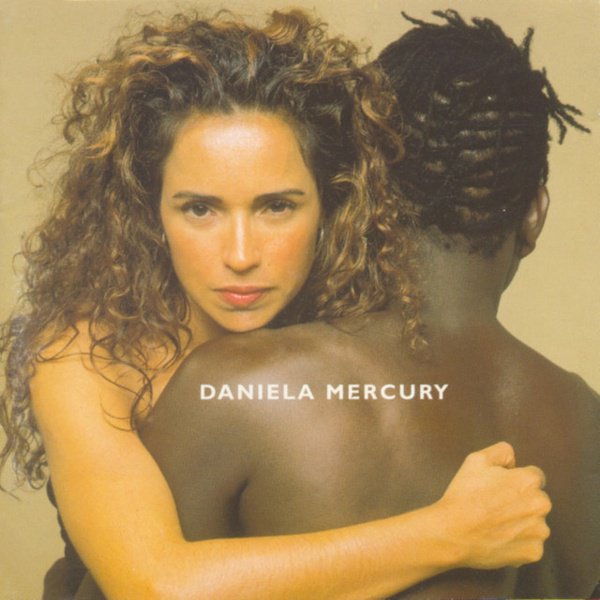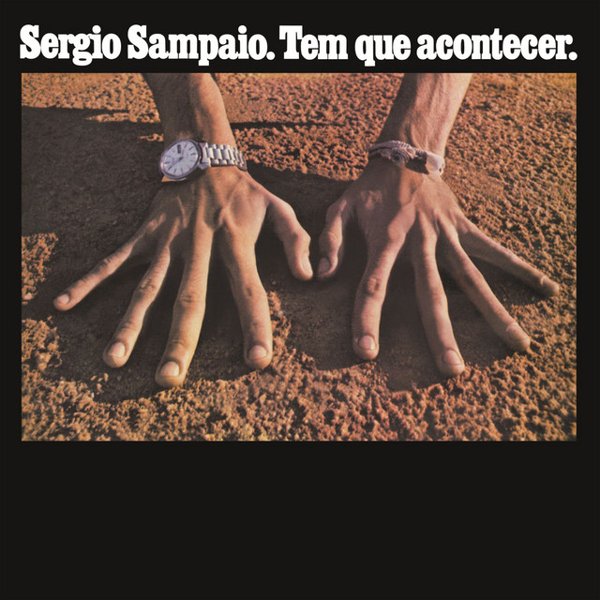Capoeira De Besouro
More than the only album entirely devoted to the aesthetics and semantics of capoeira (the famous dancelike martial art born from Afro-Brazilian traditions), “Capoeira de Besouro” (2010) immediately takes you to the middle of a typical roda (what the gathering around a capoeira game is called). The fact that it was created by none other than Paulo César Pinheiro, one of the most acclaimed composers of Música Popular Brasileira, makes the album more special. “Capoeira de Besouro” plays a key documentation role in the history of capoeira as, through its original (and brilliant) compositions and thanks to its in-depth field research, the album features the main capoeira rhythms, known as toques, and tells how the history of capoeira is the history of the enslaved people’s resistance in Brazil. The difference between the toques may sound subtle for non-connoisseur, but compare the tracks “Toque de Santa Maria” with “Jogo de Fora” and you will see how the bpm and the groove vary from one another. Key capoeira elements, like the berimbau and the call-and-response songs, are almost omnipresent in the album, reinforcing the roda atmosphere. While the album is pretty much an ode to capoeira, it also brings some samba de roda, a genre from Bahia that was developed in the same geographical and cultural context as capoeira’s. “Toque de São Bento Grande de Angola,” the favorite track of the album, speaks of the insubordination of Besouro Mangangá as a way of resistance. The album closes with the cheerful “Samba de Roda” — which, composed many years before “Capoeira de Besouro”’s release, happens to be Paulo César Pinheiro’s first-ever famous composition.

